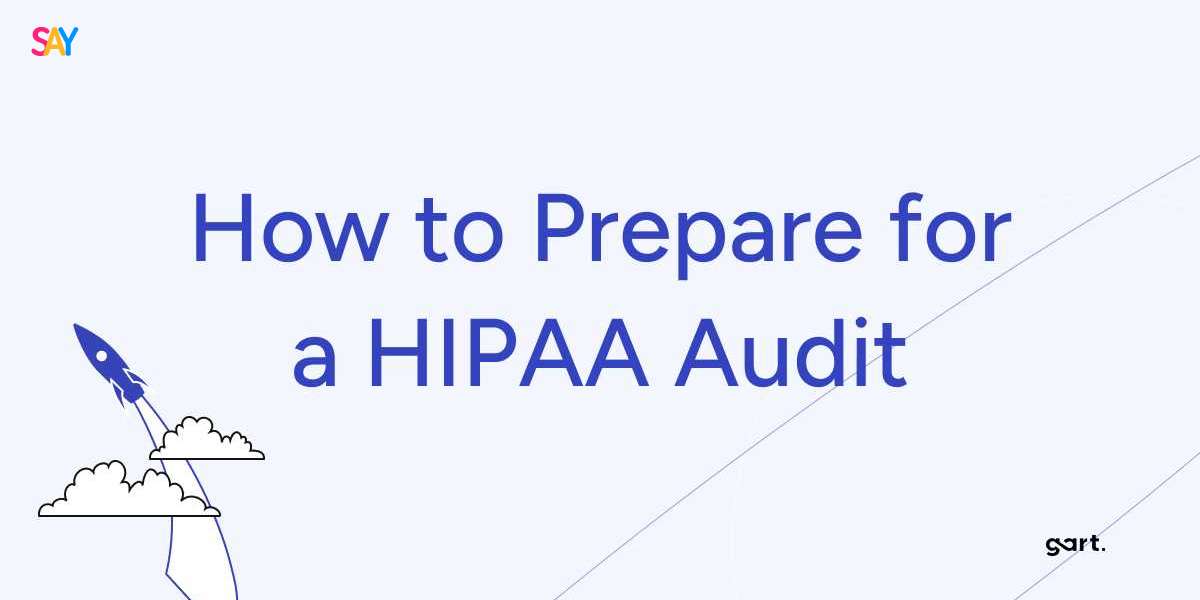The law is primarily concerned with ensuring that personal health information (PHI) is securely managed and only disclosed when necessary, safeguarding the confidentiality of sensitive patient data.
Purpose of HIPAA
The primary goal of HIPAA is to protect patients' medical records and personal health information from unauthorized disclosure. It establishes national standards to ensure the confidentiality, integrity, and availability of PHI. These standards apply to health plans, health care providers, and any business associates dealing with such information.
Key Rules in HIPAA
HIPAA consists of several critical components, including the Privacy Rule, Security Rule, and Breach Notification Rule.
Privacy Rule:
- The Privacy Rule limits who can access a patient's health information and under what circumstances it can be disclosed. It ensures that healthcare providers and organizations handle medical records with discretion, giving patients control over their personal health information.
Security Rule:
- This rule mandates administrative, physical, and technical safeguards to ensure the confidentiality, integrity, and security of electronic PHI (ePHI). It covers aspects like access control, encryption, and risk management to protect sensitive medical data.
Breach Notification Rule:
- If there is any unauthorized access or disclosure of PHI, the affected individuals must be notified within 60 days. In some cases, the Department of Health and Human Services (HHS) and even the media may need to be informed depending on the scale of the breach.
Covered Entities and Business Associates
HIPAA applies to covered entities, which include health care providers (doctors, clinics, hospitals), health plans (insurance companies), and health care clearinghouses. Additionally, business associates, such as IT providers or billing services that handle medical information on behalf of covered entities, must also comply with HIPAA regulations.
Protected Health Information (PHI)
PHI encompasses a wide range of sensitive information related to a patient's identity and health, including:
- Personal details: Name, birth date, social security number, and address.
- Medical history: Previous health conditions, psychological conditions, and test results.
- Financial information: Health insurance details and billing records.
Penalties for Non-Compliance
Failure to comply with HIPAA can result in severe penalties, ranging from fines to imprisonment, depending on the severity of the violation. Organizations must ensure they are HIPAA compliant by training their staff, maintaining the security of medical records, and promptly reporting any breaches.
Implementation and Best Practices
HIPAA compliance requires organizations to adopt several best practices, including:
- Employee Training: All employees handling PHI must be thoroughly trained on HIPAA policies and procedures.
- Risk Management: Organizations should regularly assess risks to PHI and take necessary steps to mitigate them.
- Access Control: Only authorized personnel should have access to PHI, ensuring that medical information is protected from unauthorized access.
Conclusion
HIPAA compliance audit plays a vital role in ensuring that personal health information is securely managed and protected. It not only establishes privacy standards but also enforces security measures to prevent unauthorized disclosure of sensitive medical data. All health care providers, insurers, and associates working with medical information must adhere to HIPAA to protect patient privacy and avoid significant penalties.




